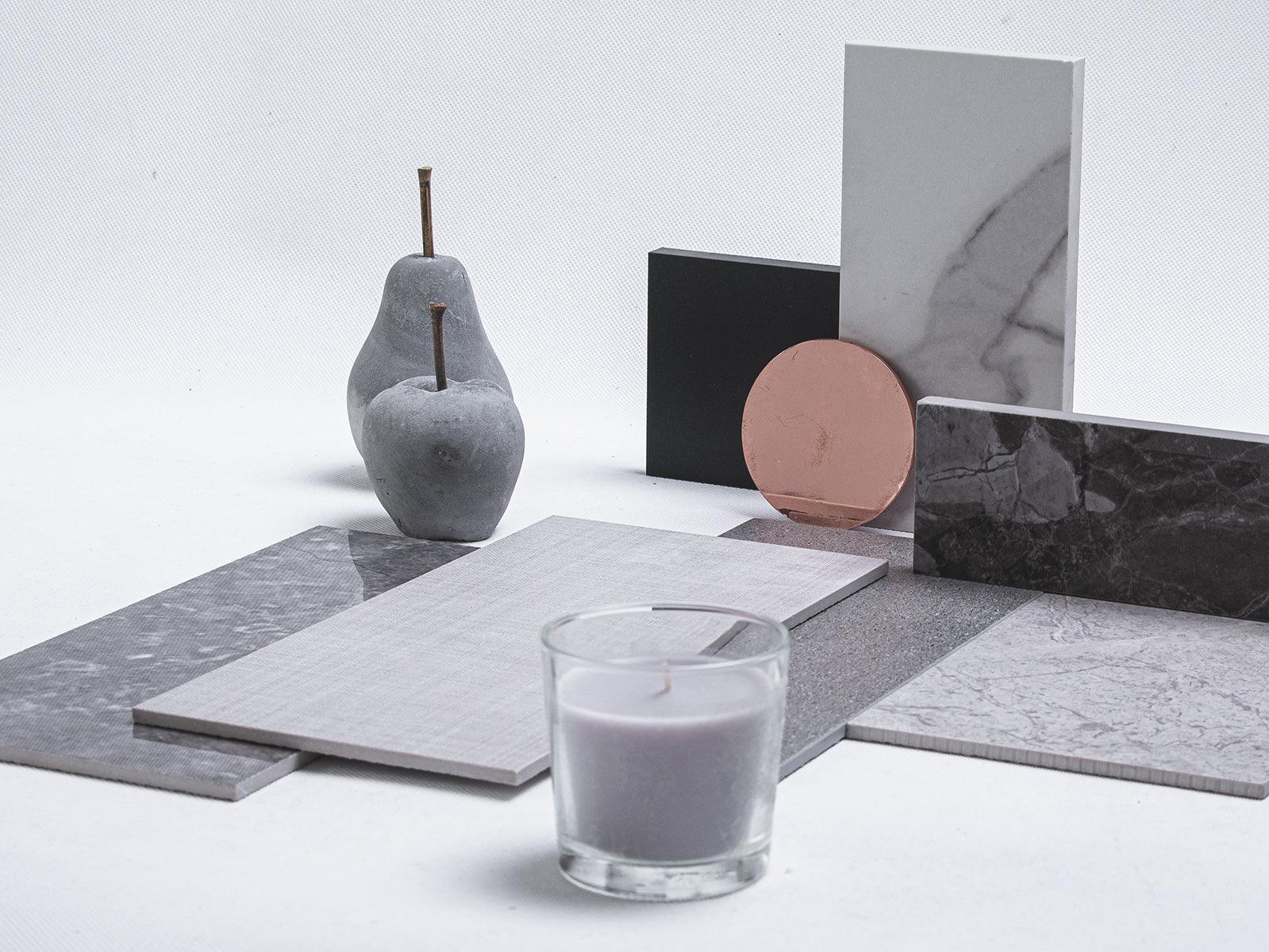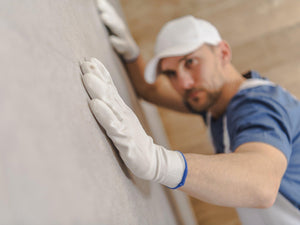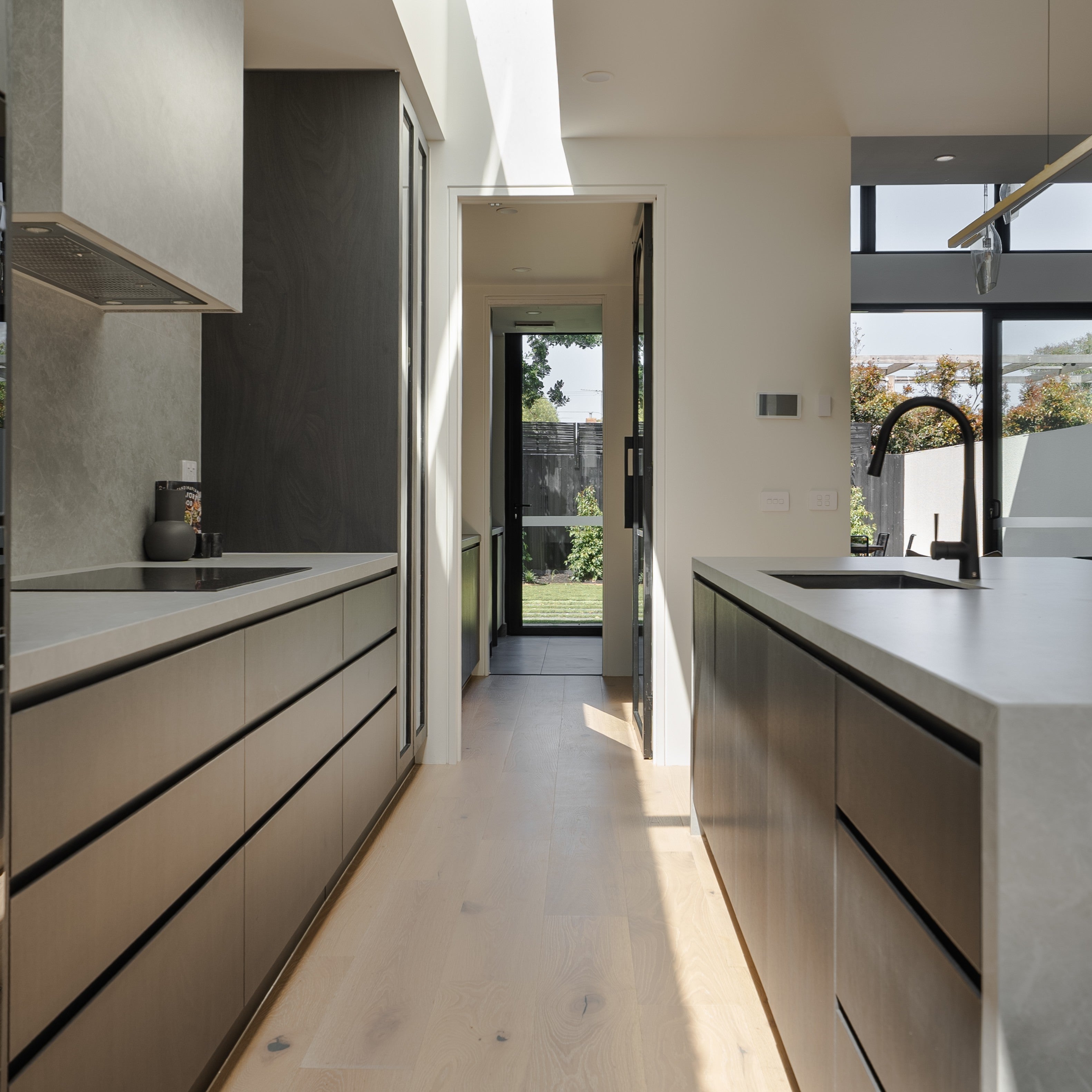Porcelain Tiles vs. Ceramic Tiles
Although they belong to the same family, porcelain and ceramic tiles are more like cousins than twins.
Some people will use the terms ‘porcelain’ and ‘ceramic’ tiles interchangeably, but there are a few differences. This means one might be a little more advantageous for your project. Just something to keep in mind.
Depending on how you plan to use your space, porcelain or ceramic tiles may suit you better. Here’s how they differ and where they’re best used.
A Quick Comparison
The main difference between a porcelain and ceramic tile is the rate of water they absorb. Porcelain tiles absorb less than 0.5% of water whilst ceramic and other non-porcelain tiles will absorb more.
This is down to the stuff used to make porcelain tiles. The clay is denser and so less porous. It effects how the tiles behave, and what they’re best used for.
 |
 |
Here’s a helpful overview of the key things that make each tile what it is. We like to help where we can!
|
|
Ceramic |
Porcelain |
|
Construction (how are they made) |
Made with red, brown or white clay. Softer and less dense. |
Made with white clay, sand and feldspar. Fired at a higher temperature. Harder and more dense. |
|
Pros |
Easier to use Available in more up to date and intricate designs. |
Absorbs less water. More hard-wearing. |
|
|
|
Easier to use Available in more up to date and intricate designs. |
|
Cons |
Can be prone to cracking in cold weather. |
More brittle.
|
|
Best used for |
Walls and floors. Home interiors. Commercial interior walls. Low foot traffic areas Inside. |
Floors. Use on walls depending on weight Commercial properties – hotels, offices, retail outlets. Areas with very high moisture levels such as wetrooms. High foot traffic areas. Outside. |
|
Price |
Cheaper. |
More expensive. |
|
Ease of cutting |
Easy to cut and shape. |
Easy to cut and shape. |
|
Interior / Exterior use |
Interior only. |
Exterior and interior. |
Construction
How are ceramic tiles made?
Ceramic tiles are made using natural red, brown or white clay. Firstly the clay is fired at a high temperature to reduce the water content, the glaze followed by the pattern is then applied. Voila, then you have your finished your product.
How are porcelain tiles made?
Porcelain tiles are made using very specific clay, with finely-ground sand and feldspar added to the mixture. The tiles are fired at a higher temperature than ceramic, this helps to make porcelain tiles super hardwearing.
 |
 |
Cost
Ceramic tiles tend to be more cost effective than porcelain.
For a simple square white tile made in ceramic, the cost will be around £24.00 / m² whilst porcelain will set you back £35.00 / m². Something to bear in mind if you don’t want tiling your house to rob your bank.
Density & Durability
Porcelain tiles are denser than ceramic, and therefore less porous. Meaning they’re harder, therefore more durable and absorb less water. This makes them more suited to high footfall areas which will see heavy use.
This doesn’t mean that ceramic is not as good however! As it’s less dense, it’s also less brittle and it’s an easier to work with. To you DIYers out there, make life a little easier for yourself and use ceramic.
PEI Ratings
The Porcelain Enamel Institute rating (PEI rating) is a quick and easy way to see which tile is suitable in your home depending on how many times the area you are tiling is walked over.
Tiles are graded from 0-5 depending on the hardness of the tile:
- PEI 0 - No foot traffic (wall tiles)
- PEI 1 - Very light traffic (e.g. bathroom)
- PEI 2 - Light traffic (e.g. bathroom and bedroom)
- PEI 3 - Light to moderate traffic (suitable for most domestic floors)
- PEI 4 - Moderate to heavy traffic (suitable for domestic floors and some commercial uses)
- PEI 5 - Heavy traffic (suitable for all domestic and commercial uses with heavy footfall)
Most ceramic floor tiles are graded between 3 and 4. Porcelain tiles tend to have a rating between 3 and 5.
What tiles do I have? How to tell the difference
The quickest and easiest way to tell whether you have porcelain or ceramic tiles is to check the box or the manufacturer’s website. That simple, right?

Ceramic or Porcelain Tiles for…
The shower
As porcelain is nearly waterproof, porcelain tiles are the best material to use when installing a wet room due to the levels of moisture.
Ceramic is perfect to use all over in a standard bathroom especially with the wide choice of designs available including some with anti-slip properties.
A tight budget
If you’re on a tight budget, ceramic tiles are likely to be the best solution. The price will be kinder on your bank account, and cheaper tiles don’t have to mean compromising on style. Ceramic tiles are available in a wide range of patterns and styles to suit any look. There’s something out there for everyone.
High foot traffic
The durability of porcelain tiles make them perfect for high traffic areas as they’re resistant to scratches and scuffs. Whether in an area of the home that sees high footfall, such as the hallway or kitchen, or in a commercial space, porcelain is the most hardwearing.
However, compared to other flooring options such as laminate or carpet, ceramic tiles still represent a durable and hard-wearing choice.
A DIY project

For you DIYers who like to get handy, ceramic tiles are far easier to work with. Especially in areas that require a lot of cuts to install your tiles neatly. Porcelain is much harder to cut and can require professional tools and skills to create the same effect.
Your patio or outdoor space

Porcelain’s level of water resistance means it’s perfectly placed to weather everything that nature has to throw at your new patio. In cold weather, ceramic may crack, meaning you’ll be needing a replacement floor much sooner than you’d like. In this case porcelain will offer you peace of mind.






